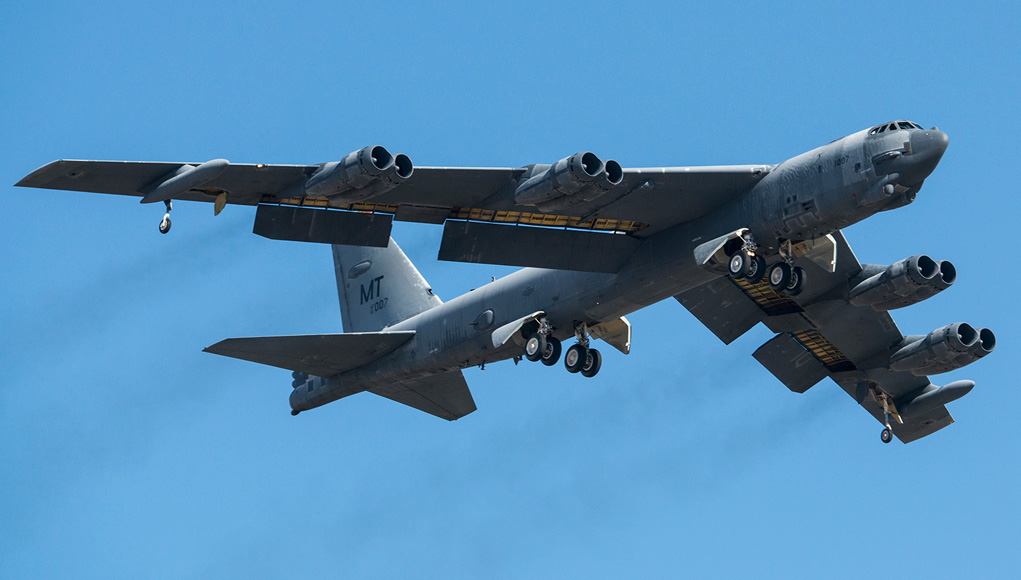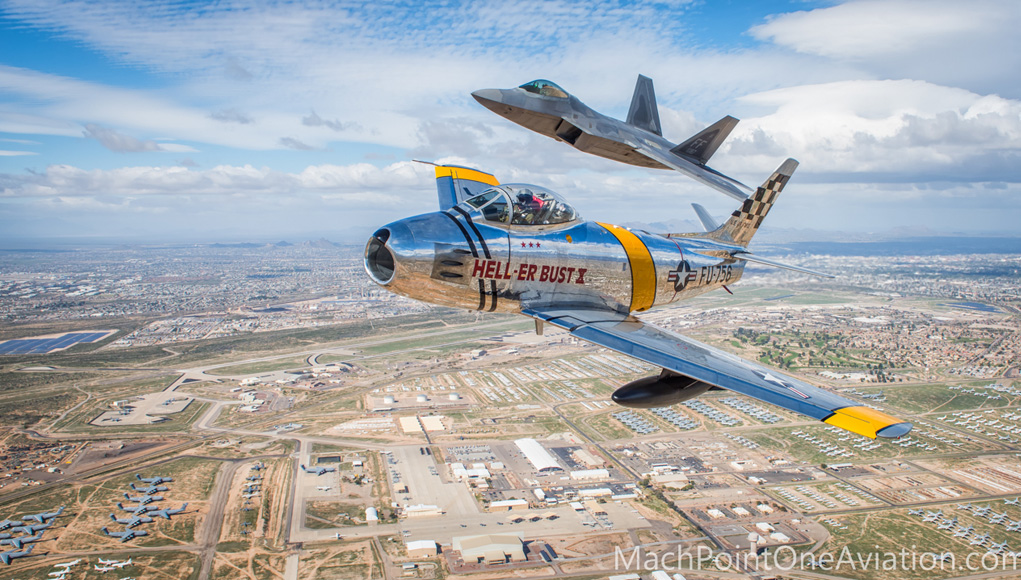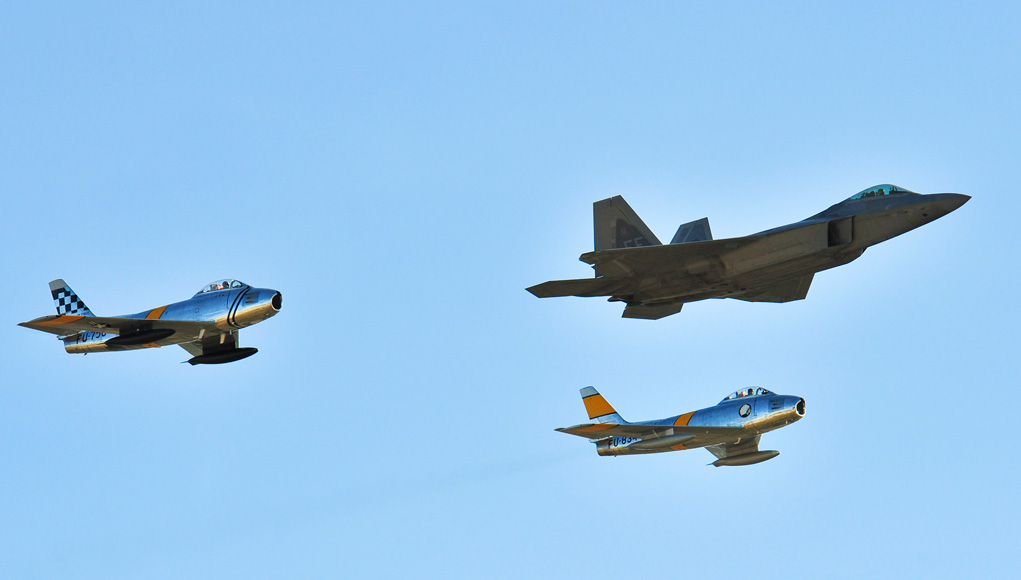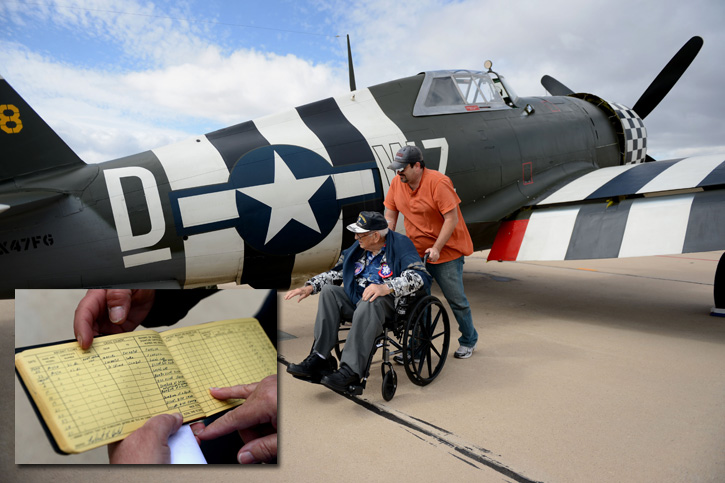[nonmember]

[/nonmember][ismember]

[/ismember]
Davis-Monthan Air Force Base (D-M) is known mainly for its role as the boneyard for combat and civil aircraft that reach the end of their service life. New arrivals expected here soon are 18 A-10 Thunderbolt II close air support aircraft, to be removed from active units and placed here in ‘Backup-Aircraft Inventory’ (BAI) status with the possibility to convert another 18 at a later date in fiscal year 2015. The A-10s will join thousands of other aircraft parked here, slowly disintegrating into scrap under the desert sun.
[ismember]”At this time the Air Force is moving into BAI status only 18 A-10s of the 36 authorized in Sec 133 of the FY15 National Defense Authorization Act,” said Secretary of the Air Force Deborah James. “While we are authorized by Congress to put 36 aircraft into BAI status, doing that now would require taking down an entire squadron. Out of respect for the intent of Congress, we’re placing 18 aircraft in BAI status.”
The A-10s placed into BAI will serve as replacement aircraft for ones that become unserviceable. The A-10s slated for BAI status are currently assigned to Davis-Monthan Air Force Base, Arizona (9); Moody AFB, Georgia (6), and Nellis AFB, Nevada (3). BAI conversions do not impact planned A-10 deployments through the end of fiscal year 2018. Converting aircraft to BAI status will free up experienced maintainers so they can be integrated into the F-35 Lightning II program.
The decision to put the 18 A-10’s into backup status comes on the heels of the need to field maintainers for the F-35 program and on the recommendation of a Director of Cost Assessment and Program Evaluation (CAPE) study in 2015. The independent study confirmed that a limited supply of experienced fighter maintenance personnel is constraining legacy fleet readiness and the standup of F-35A squadrons. Additionally, the CAPE study found that the transfer of even the limited number of A-10s to back-up flying status was far from sufficient to counter current maintenance manning and experience shortfalls.
As such, the Air Force will begin an early transition to the F-35 by converting one of the two F-16 Fighting Falcon squadrons at Hill AFB, Utah. The 4th Fighter Squadron will transition early in order to free up additional maintenance manpower for the F-35. While the Air Force plans to add an F-35 unit at Hill AFB, prohibitions on retiring A-10s prevent the Air Force from retraining enough maintainers to add an F-35 unit there, at this time. Transitioning one of the two F-16 squadrons early at Hill will allow the Air Force to retain critical in place maintenance personnel to support the F-35 reaching initial operational capability in August of 2016.
Additionally, the Air Force will contract some maintenance functions at Luke AFB, Arizona, to meet the F-35 bed down requirements. The Air Force is also investigating opportunities to capitalize on Total Force opportunities with its National Guard and Reserve components.
“Although these decisions will have some impact on our legacy aircraft readiness, putting A-10s into BAI status, transitioning a squadron early at Hill AFB, and contracting some F-35 maintenance functions at Luke AFB helps ensure enough Air Force maintainers are trained and in place to support the F-35 at initial operational capability and beyond,” said James.

[/ismember]
But for some there is resurrection. One of the lucky ones was B-52 Stratofortress called ‘Ghost Rider’ took to the sky after spending seven years in the boneyard. Tail number 61-1007′ Ghost Rider’ was not the average ‘guest’ at D-M. It was maintained at 1000-type storage, which is the most preserved level of aircraft storage. In late 2014, seven years after arriving at D-M, this bomber was chosen to rejoin the Air Force Global Strike Command (AFGSC).
“It was chosen after thorough inspections and extensive engineering analysis,” said Capt. Chuck McLeod, the B-52 System Project Office team lead. Although well preserved, the blazing hot Arizona sun took its toll on the dormant aircraft bleaching sections of its exposed aluminum skin almost white, and causing the tires and major fuel lines to dry rot.

Through the return to flight process technicians at the 309th Aerospace Maintenance and Regeneration Group replaced fuel bladders and lines were replaced, and by the end of January the crew successfully ran of all eight engines.
“I’ve been flying the B-52s since the 80s and it surprised me that after almost seven years… she cranked up just fine and we had no issues with the flight control systems.”said the pilot Col. Keith Schultz, 307th Operations Group commander and the most experienced B-52 pilot still flying in the Air Force.



Another recent celebration at D-M was the Heritage Flight Training Certification Course (HFTCC), held Feb. 27 – March 1. HFTCC provided an opportunity to see WWII, Korea and Vietnam veteran planes flying with the latest air force jets. This annual aerial demonstration training event has been held at D-M since 2001, providing civilian and military pilots the opportunity to practice flying in formation for the upcoming air show season.
The aircraft that participated in this year’s HFTCC were the historic P-51 Mustang, P-40 Warhawk, P-38 Lightning, P-47 Thunderbolt and the F-86 Sabre. Air Combat Command aircraft included the F-22 Raptor and the F-16 Fighting Falcon. Established in 1997, the HFTCC features aerial demonstrations from historical and modern fighter aircraft which will fly in formation together during air shows across the country.
Check more excellent photos and live reports on D-M facebook page.




















